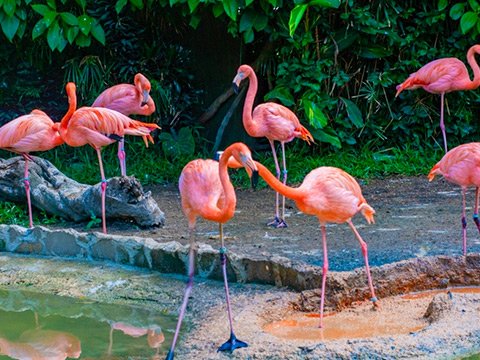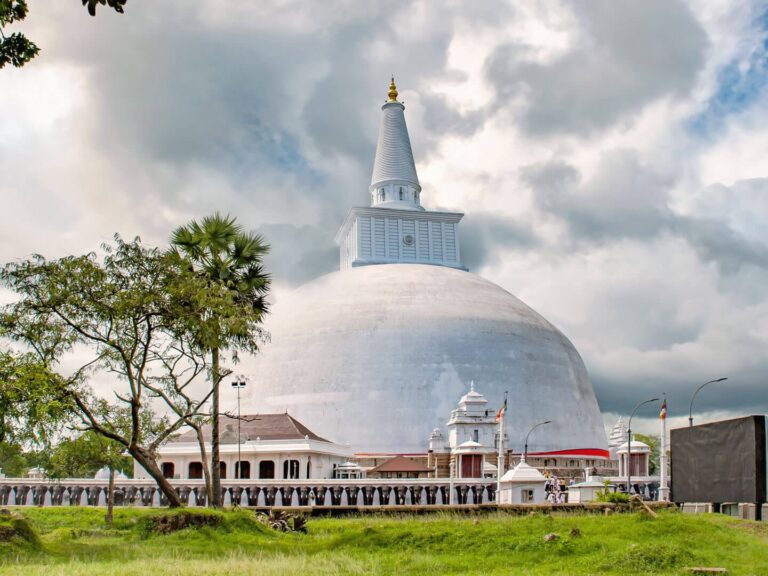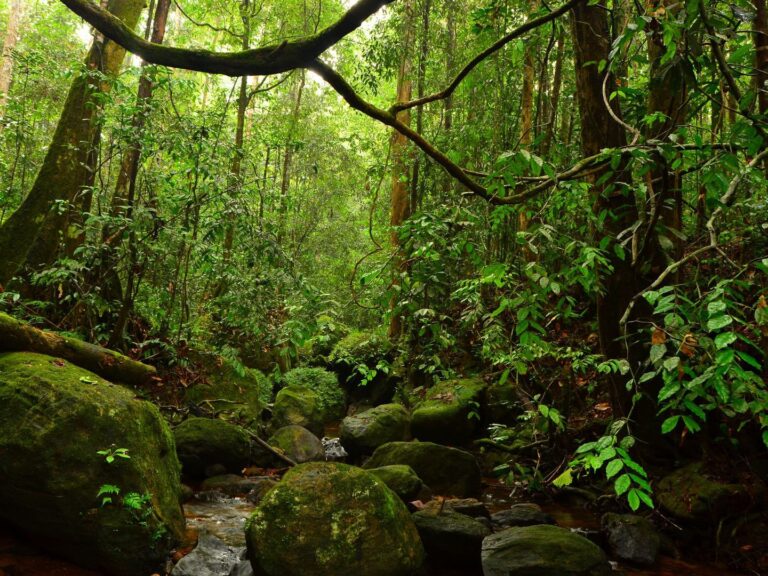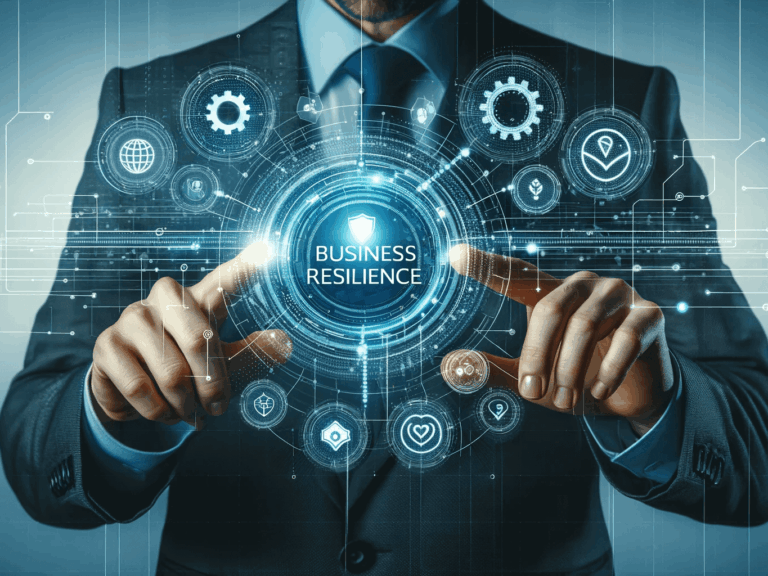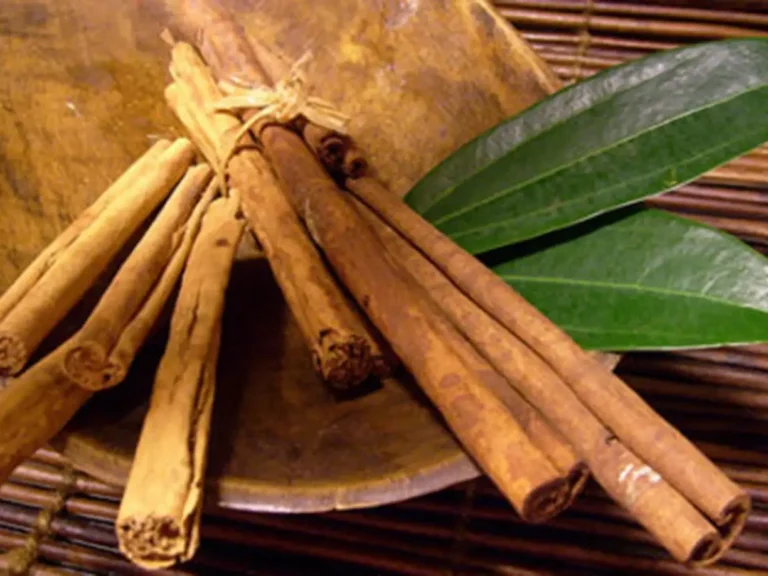Sustainable Wellness: A Blueprint for Sri Lanka’s Future in Tourism, Health, and Community Development
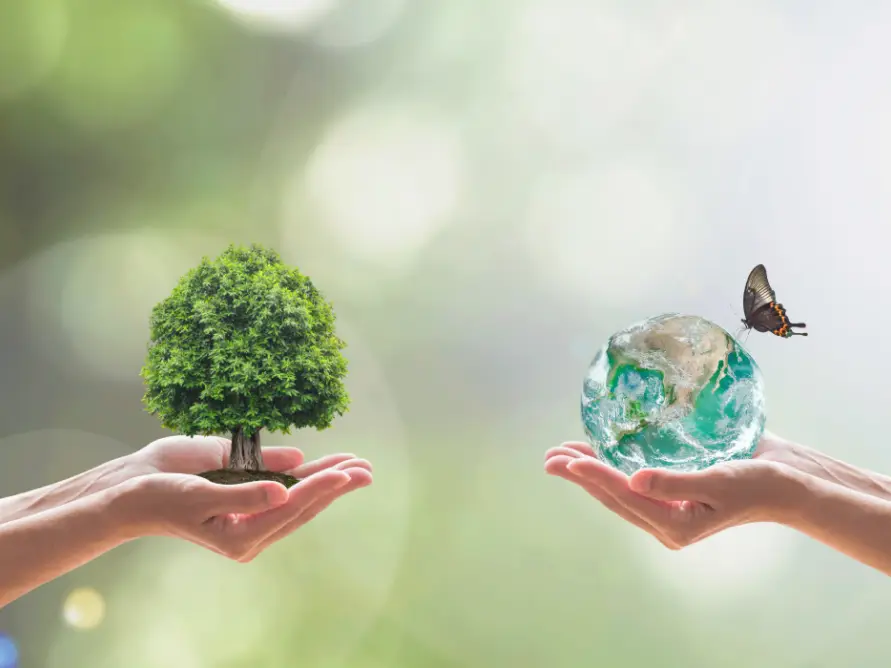
Introduction
In the 21st century, the global dialogue on development has shifted beyond profit and growth. The concept of Sustainable Wellness—the integration of environmental responsibility, social inclusivity, and long-term economic viability into health and lifestyle practices—has gained momentum worldwide. For Sri Lanka, a nation at the crossroads of tourism, heritage, and natural wealth, the sustainable wellness model offers a unique opportunity to balance economic growth with environmental conservation and community upliftment. This article explores what Sustainable Wellness means in practice, its implications for Sri Lanka, and global case studies that can guide our path forward.
Defining Sustainable Wellness
Sustainable Wellness is not merely about yoga retreats, organic food, or eco-resorts. Instead, it is a holistic framework that insists true wellness cannot be achieved at the expense of people, communities, or the planet. The pillars of this framework are:
- Environmental Responsibility: Conserving natural resources, reducing carbon footprints, protecting biodiversity, and promoting eco-friendly practices.
- Social Inclusion: Empowering local communities, ensuring equity, protecting cultural heritage, and avoiding exploitation.
- Economic Viability: Generating livelihoods, creating sustainable income streams, and ensuring resilience against economic shocks.
Globally, wellness tourism is valued at over USD 651 billion (Global Wellness Institute, 2022) and is projected to grow at 9.9% annually—outpacing traditional tourism. For Sri Lanka, where wellness traditions such as Ayurveda, meditation, and herbal medicine have deep cultural roots, this sector offers immense potential if developed sustainably.
Why Sri Lanka Needs Sustainable Wellness
Sri Lanka’s economy has long relied on tourism, tea, and apparel. According to the Sri Lanka Tourism Development Authority (SLTDA, 2023), tourism contributed 4.3% to GDP in 2018 before the setbacks of the Easter Attacks, COVID-19, and economic crisis. However, traditional mass-tourism models have led to resource depletion, cultural commodification, and seasonal instability.
Projected Growth by 2030
- Sri Lanka’s tourism sector is poised for strong recovery and transformation, with 4 million arrivals and USD 8.5 billion in revenue projected by 2030—nearly tripling current earnings ([SLTDA, 2024; Global Housing Reports]).
- The hotel segment is expected to expand significantly, with revenues rising from USD 217 million in 2025 to nearly USD 391 million in 2030, fueled largely by wellness-oriented and experiential tourism ([Statista, 2025]).
- Globally, the wellness tourism market is expected to escalate from USD 850 billion in 2021 to USD 2.1 trillion by 2030. Sri Lanka, with its Ayurvedic heritage and natural beauty, is strategically positioned to benefit ([Global Wellness Institute, 2022]).
- Wellness tourists spend 53% more than average travelers. International wellness tourists spend 35% more, while domestic wellness tourists spend 177% more than typical travelers—highlighting the premium value of this niche ([Hotelexpress.lk, Colombo Telegraph, 2025]).
Wellness tourism, integrated with sustainability principles, can:
- Diversify revenue streams beyond seasonal tourist arrivals.
- Position Sri Lanka as a global leader in eco-wellness tourism.
- Generate inclusive employment opportunities, especially for rural communities and women.
- Revive cultural assets such as Ayurveda and traditional healing in ethical, modernized frameworks.
Case Studies in Sustainable Wellness
1. Kerala, India – Ayurveda & Eco Tourism
Kerala has branded itself as “God’s Own Country” by integrating Ayurveda, yoga, and eco-tourism. The state’s wellness tourism sector generated over USD 4 billion in 2022, supporting more than 1.2 million jobs. Sri Lanka shares a similar Ayurvedic heritage, suggesting clear potential for replication.
2. Costa Rica – Blue Zones & Eco Retreats
Costa Rica’s Nicoya Peninsula is a global “Blue Zone”—a region where people live longer, healthier lives due to lifestyle, diet, and environment. Costa Rica has harnessed this narrative, combining eco-lodges with wellness retreats. In 2021, wellness tourism contributed nearly USD 500 million to its GDP.
3. Bhutan – Gross National Happiness (GNH) Approach
Bhutan promotes wellness through policies centered on Gross National Happiness rather than GDP. By limiting tourist numbers and promoting mindful tourism, Bhutan generated USD 345 million in tourism revenue (2019) while ensuring minimal ecological damage.
4. Bali, Indonesia – Spiritual Tourism
Bali has positioned itself as a global hub for yoga, meditation, and holistic wellness. Despite overtourism challenges, wellness remains one of Bali’s strongest offerings, contributing to Indonesia’s USD 7.4 billion wellness economy (2021).
5. Zanzibar, Tanzania – Community-Based Wellness
Zanzibar has developed wellness tourism around spice farms, herbal medicine, and community-based eco-lodges. The model ensures local women and farmers benefit directly, enhancing social equity while preserving cultural authenticity.
6. Sri Lanka – Early Initiatives
Already, Sri Lanka has emerging wellness tourism projects such as Santani Wellness Resort (Kandy) and Anantara Peace Haven (Tangalle). However, most operate in isolation rather than as part of a nationwide wellness strategy. In 2022, wellness-focused arrivals accounted for less than 10% of total tourism revenue, signaling untapped opportunity.
7. Maldives – Eco-Luxury Wellness
The Maldives, with its luxury island resorts, has shifted toward eco-luxury wellness packages including detox, meditation, and marine conservation. By blending exclusivity with sustainability, it has maintained its brand as one of the world’s most premium destinations.
Expanding the Sri Lankan Context: Local Wellness Case Studies
1. Ayurveda Hospitals and Retreats
Institutions like the Sri Lanka Ayurveda Institute and traditional Ayurveda hospitals across the island attract both locals and international visitors. In 2019, Ayurveda-related tourism accounted for nearly 12% of all wellness-driven visits, though the sector remains under-promoted compared to yoga tourism in India.
2. Tea Estate Wellness Models
Tea tourism, combined with wellness, offers opportunities to merge scenic plantation landscapes with yoga retreats, meditation, and tea-infused therapies. For example, estates in Nuwara Eliya and Hatton are now experimenting with wellness packages that integrate tea-tasting, mindfulness walks, and detox diets, aligning with Sri Lanka’s image as a tea nation.
3. Coastal Wellness Retreats
Sri Lanka’s coastline—stretching 1,340 kilometers—is ripe for thalassotherapy (seawater therapy), yoga on the beach, and holistic spa experiences. Resorts in Hikkaduwa, Mirissa, and Pasikudah have started piloting eco-friendly spa resorts with solar energy and plastic-free operations.
4. Community-Based Eco Villages
Projects such as Ecolanka in Belihuloya are building models of self-sufficient eco-villages where wellness is tied to organic farming, meditation, and sustainable living practices. These models empower local communities and provide an authentic wellness experience to visitors.
5. Sacred City Wellness Tourism
Sri Lanka’s sacred cities, such as Anuradhapura and Kandy, already draw spiritual travelers. Expanding offerings to include meditation retreats with Buddhist monks, temple-based mindfulness programs, and cultural healing sessions could redefine Sri Lanka as a spiritual wellness hub.
Opportunities for Sri Lanka
- Ayurveda 2.0: A modernized yet authentic version of Ayurveda can become a global export.
- Community Wellness Tourism: Partnering with rural communities to create eco-villages that offer yoga, meditation, and sustainable farming experiences.
- Eco-Resorts & Carbon-Neutral Retreats: Developing renewable energy-based, waste-free retreats.
- Agri-Wellness: Combining wellness tourism with tea, cinnamon, and organic farming tours.
- Blue Economy Wellness: Leveraging Sri Lanka’s coastline for ocean-based wellness activities like thalassotherapy, eco-diving, and coastal retreats.
Challenges
- Lack of integrated policy framework for sustainable wellness tourism.
- Over-commercialization of Ayurveda risks diluting authenticity.
- Climate change impacts on coastal and hill country resorts.
- Unequal benefit-sharing with local communities.
Recommendations for Sri Lanka
- National Policy on Sustainable Wellness Tourism linking SLTDA, Ministry of Health, and Ministry of Environment.
- Skill Development Programs for Ayurvedic practitioners, yoga teachers, eco-tour guides, and wellness chefs.
- Public-Private Partnerships for sustainable resort development.
- Incentives for Green Investments in solar energy, waste management, and organic farming.
- Marketing Sri Lanka as a Wellness Island with a focus on authenticity and sustainability.
Conclusion
Sustainable Wellness is more than a tourism trend—it is a blueprint for resilient development. For Sri Lanka, it offers a path to rejuvenate the economy, empower communities, and protect the island’s biodiversity. With strategic planning and ethical execution, Sri Lanka could emerge as Asia’s leading destination for sustainable wellness by 2030.
Disclaimer
This article has been authored and published in good faith by Dr. Dharshana Weerakoon, DBA (USA), based on publicly available data from cited national and international sources (e.g., Sri Lanka Tourism Development Authority, Central Bank of Sri Lanka, international tourism monitors, conservation bodies), decades of professional experience across multiple continents, and ongoing industry insight. It is intended solely for educational, journalistic, and public awareness purposes to stimulate discussion on sustainable tourism models. The author accepts no responsibility for any misinterpretation, adaptation, or misuse of the content. Views expressed are entirely personal and analytical, and do not constitute legal, financial, or investment advice. This article and the proposed model are designed to comply fully with Sri Lankan law, including the Intellectual Property Act No. 52 of 1979 (regarding artisan rights and design ownership), the ICCPR Act No. 56 of 2007 (ensuring non-discrimination and dignity), and relevant data privacy and ethical standards. ✍ Authored independently and organically through lived professional expertise—not AI-generated.
Further Reading: https://www.linkedin.com/newsletters/7046073343568977920/

